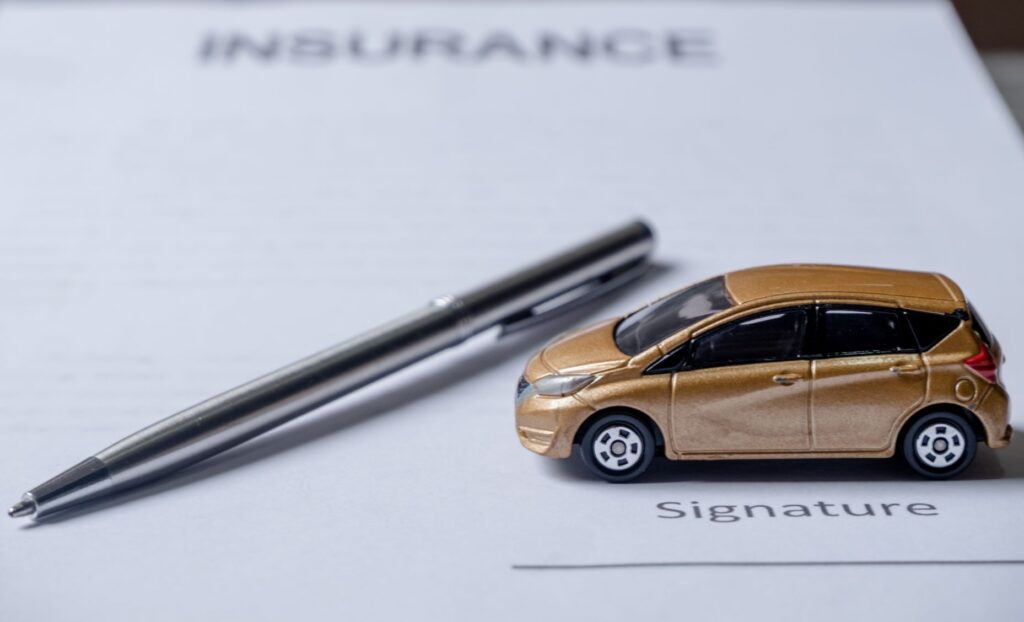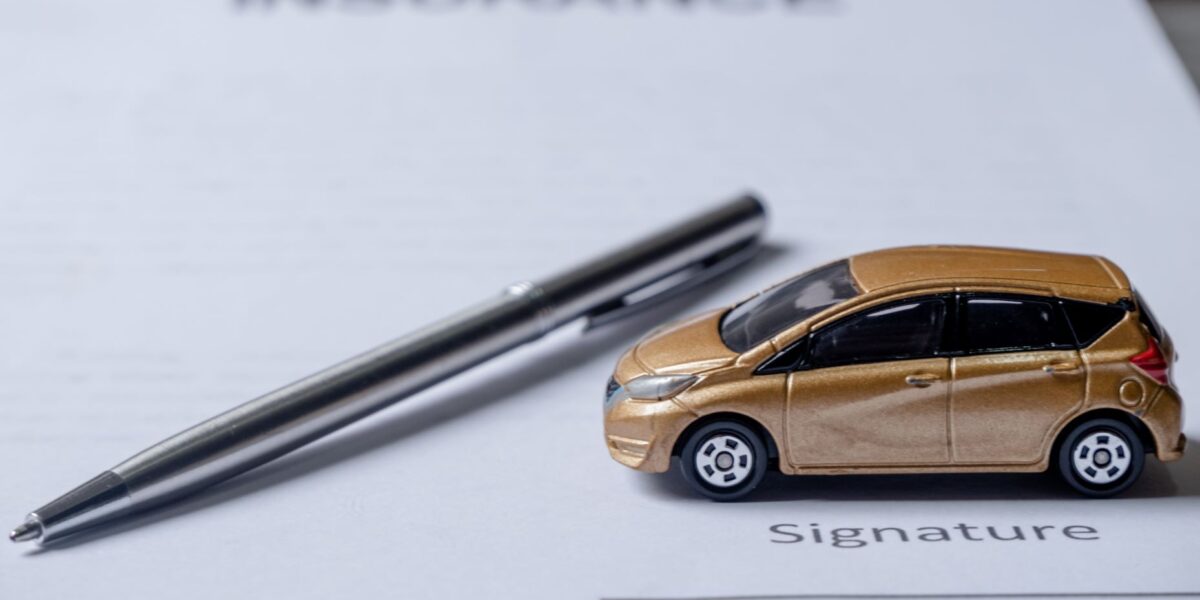Whether you have had an accident or not, you should be aware that your car insurance will increase after an accident. This article will give you information about how much your rates can rise and what options you have to reduce them.
Average annual rate of increase for full coverage prior to and after an incident
Car insurance costs can rise by more than twice the national average after an accident. The exact amount of the increase will depend on the state, type of accident, type of car, damages and driver’s record.
Statistically speaking, at-fault accidents increase rates more than minor accidents. For example, after two at-fault accidents, your premium will go up by over a thousand dollars. For an accident that is not at fault, the cost of insurance can rise. The rate is typically about 4% higher. However, you may have not-at fault accidents that remain on your driving record for years, which could result in a permanent rate rise.
A study conducted by the Consumer Federation of America showed that some companies will raise auto insurance rates by as much as 10%. Insurers will often refuse to renew policies for drivers with poor driving records. This is because they believe they are more likely to file claims in the future.
Fortunately, there are ways to lower your car insurance rate after an at-fault accident. You might be eligible for a discount if your driver’s license is suspended or you sign up for a crash forgiveness course. You might also be able to lower your deductible.
If you’re having trouble finding cheap auto insurance, consider switching insurers. Allstate is the lowest-priced of the top five national car insurance companies. The average annual rate for Allstate is less than $2000
You can also shop around to find an insurance provider that won’t increase your premium for a not at fault accident. If your damage was less than $1,000, some states won’t allow you to see an increase.
Rate increases are affected by the type and severity of an accident, the insurance company you choose, your driving record, as well as your age. Young drivers, who are considered high-risk, will see the biggest increases. You may not need to have comprehensive coverage if your car is older.
The location of your policy will also impact the rate you pay. Delaware was the location with the lowest increase in premiums. The largest increase was also seen in Texas.
Increase in the average rate for comprehensive insurance
The insurance company may increase your premiums depending on the extent of the accident. The rate hike may last for several years or just for a few weeks. The exact amount of the rate increase will depend on the policyholder’s driving history, the type and state of the accident.
It’s estimated that the average driver will get into an accident once every 17.9 years. This means that the average rate increase for comprehensive car insurance after an accident is 47 percent. The good news is that most drivers will experience a decrease in their rates within a few years.
However, it is possible for your insurance rates to go up after an at fault accident. Some companies will increase your rates by as much as 20 percent or 25 percent. It’s also possible to avoid having your rate go up by paying for the repairs out of pocket.
The amount of damage sustained and the type or company that you have determine the size of an average rate increase for comprehensive auto insurance. The largest increase was recorded by Geico.
Progressive was the smallest. It was 62.5% more than the average after an accident at fault. It was not as dramatic, but it was still a significant rise.

Some states also prohibit an auto insurance carrier from raising your rate after an injury. California and Oklahoma are the exceptions. If you are a resident of these two states, you should consider buying a separate policy that will cover your car.
Accident forgiveness is offered by some carriers. This will protect your premiums if there has been one at-fault incident. You may want to check with your insurer to determine which discounts you qualify for.
Comparing rates with multiple carriers is the best way to find out how much an average rate rise for comprehensive car insurance after an accident at fault will cost. This will allow you to determine which company has the lowest premiums. It is also a good idea to contact an insurance agent to learn more about your options.
Discounts for taking a defensive-driving course – Abogados de Accidentes de Auto en Riverside
Taking a defensive-driving course and Abogados de Accidentes de Auto en Riverside after an accident can help you save money on your car insurance. Depending on your state, you can expect to get discounts of between 5% and 20%. The discount can vary from company-to-company, but it can add up over three years to as much as $500 in savings.
Defensive-driving courses are available online or in person. Some may take several hours to complete, while others may only take a few days. It doesn’t really matter if you are taking a class in person or online. It is important that you find a quality organization.
Typically, defensive-driving courses teach drivers about dangers on the road. They can also show them how to avoid accidents and prevent tickets. A defensive-driving course can be beneficial for both teen and senior drivers.
There are many places that offer defensive driving courses, including your local community centre. If you take a class in person, you may experience a more meaningful learning experience. Also, check with your insurer to determine if they offer any discounts.
Depending on your state, you may have to satisfy certain criteria in order to receive a discount. New York, for example, requires that your car insurer provide a 10% discount for three years after you have completed a defensive driving course. Other states might have a more specific requirement, such as a certain amount of time on the road.
Whether you take a defensive-driving course in person or online, it’s worth your while to research the best course. There are many different options, but you should confirm details with your insurer before enrolling.
The first step is to find a defensive-driving course that meets your insurer’s requirements. Some companies offer discounts for taking approved courses, while others will honor specific instructors. Often, a defensive-driving course will include a certificate of completion that you must present to your insurer.
For information on how to get a discount on defensive-driving courses, contact your agent. A usage-based insurance program tracks your driving habits and gives you a discount when you sign up.
